
- Wood From Original
- Brand
- Alfa Romeo (13)
- Ancientsmithy (5)
- Andy Clancy Designs (9)
- Antique (21)
- Bbh Homes (15)
- Handmade (43)
- Japanese Netsuke (19)
- Jay Bigler, Maker (8)
- King (5)
- Lexus (10)
- Mercedes-benz (104)
- Nepal Forged (6)
- Original (20)
- Table (12)
- Threea (7)
- Toyokuni (7)
- Unknown (11)
- Volkswagen (5)
- Windlass Steelcraft (7)
- Wooden (22)
- ... (3549)
- Items Included
- Occasion
- Shape
- Size
- 12\ (2)
- 17 X 23cm (3)
- 3.5 X 4 In (2)
- 32 X 13cm (3)
- 36.5 X 24cm (9)
- 53 X 42cm (3)
- 8” (3)
- Assorted (2)
- Full (2)
- Giant (over 60in.) (6)
- King (3)
- Large (63)
- Large (up To 60in.) (28)
- Medium (114)
- Medium (up To 36in.) (121)
- Mittel (2)
- See Description (2)
- Small (44)
- Small (up To 12in.) (32)
- Standard (2)
- ... (3452)
- Warranty
CIVIL WAR ERA WOOD From Levi And Mary Weikert Plank Farm GETTYSBURG
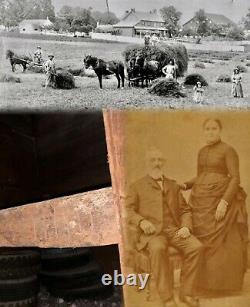
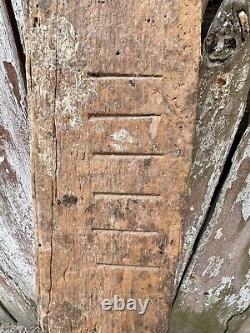
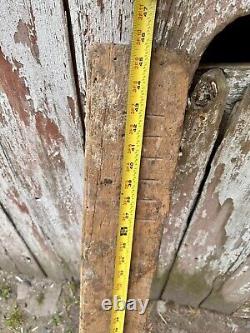
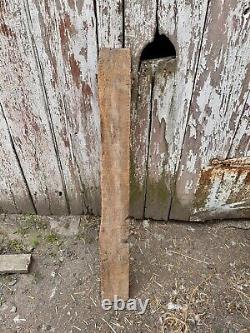
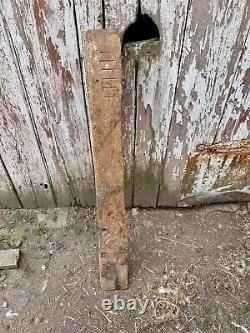


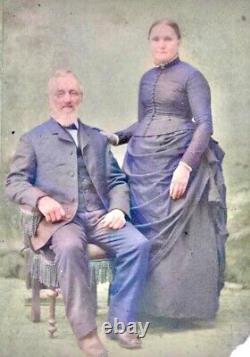
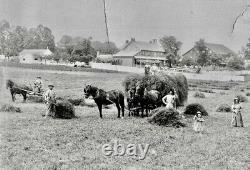
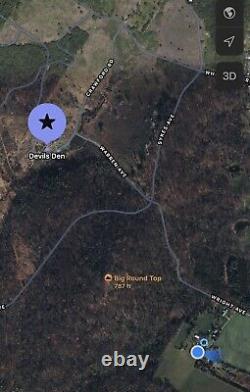
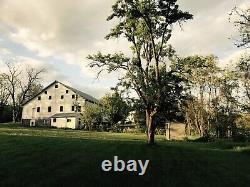
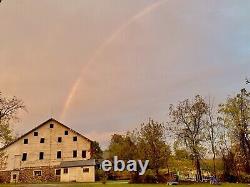


CIVIL WAR ERA WOOD From Levi And Mary Weikert Plank Farm GETTYSBURG. The date is merely posted for reference so you can have a better understanding of the age. The roof needs some repairs and the building needs a new coat of paint in the near future. This structure is still privately owned and maintenance has been costly.
The Levi and Mary Weikert Plank farm on the Gettysburg Battlefield has been an active farm since well before the battle. Levi Plank lived on the farm from 1824 until his death in 1912. His wife Mary came from one of the adjacent Weikert farms. There are various stories about events which occurred on this farm during the battle and it's proximity to key conflicts points adds to its historic value. You are purchasing a board which is about 45 inches long. Detailed photos of the board have been added to the listing for your reference. Please look over the images and contact me with any questions.Photos of the property have been added to the listing. The Battle of Gettysburg marked the turning point of the Civil War. With more than 50,000 estimated casualties, the three-day engagement was the bloodiest single battle of the conflict.
Gettysburg ended Confederate general Robert E. Lee's ambitious second quest to invade the North and bring the Civil War to a swift end. The loss there dashed the hopes of the Confederate States of America to become an independent nation. After a year of defensive victories in Virginia, Lee's objective was to win a battle north of the Mason-Dixon line in the hopes of forcing a negotiated end to the fighting. His loss at Gettysburg prevented him from realizing that goal.
Instead, the defeated general fled south with a wagon train of wounded soldiers straining toward the Potomac. Union general Meade failed to pursue the retreating army, missing a critical opportunity to trap Lee and force a Confederate surrender. The bitterly divisive war raged on for another two years.

